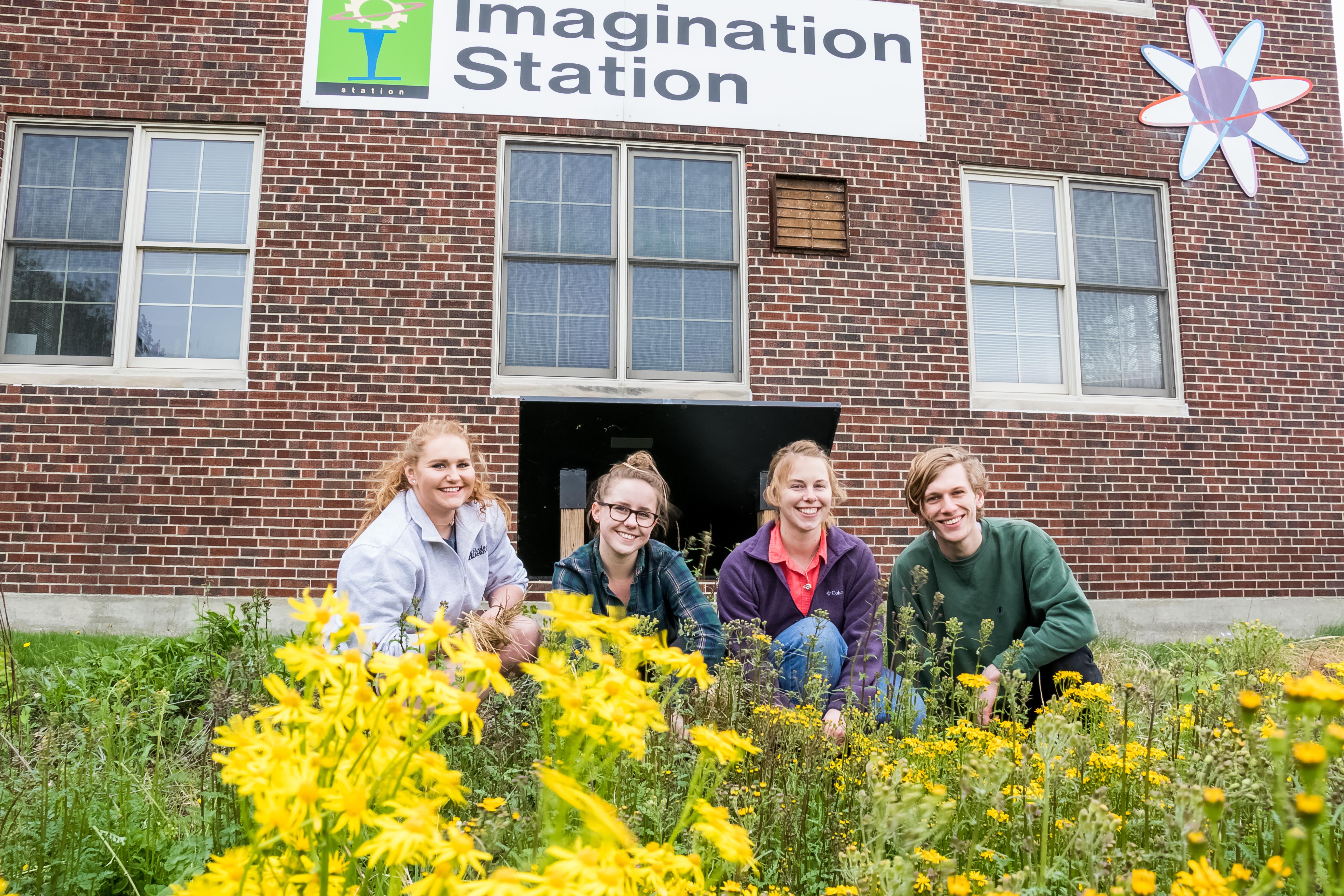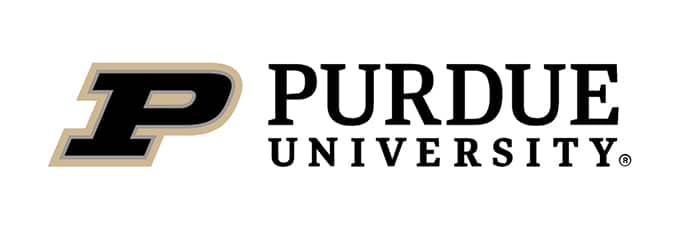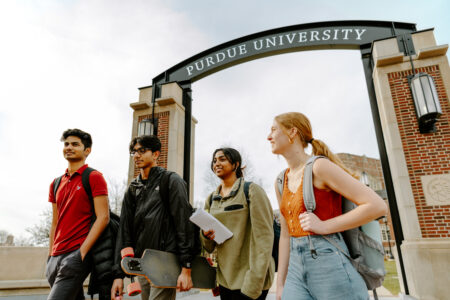Adam Spieth’s decision to pursue the Environmental and Ecological Engineering (EEE) graduate programme at Purdue University was partially driven by familiarity. “I already knew the campus and professors from my undergrad,” he shares. Another factor at play was efficiency.
While Spieth was determined to enter the consulting industry with advanced knowledge, he was not keen on spending an extra year or two on a thesis. His goal was to earn his Professional Engineer (PE) license as soon as possible, and Purdue’s one-year professional master’s programme allowed him to do that without sacrificing additional time.
The accelerated pathway turned out to be everything he needed it to be and more. On campus, he thrived in a close-knit learning environment, where expert professors truly cared about each student’s professional and academic development. Beyond the classroom, Purdue offered numerous opportunities for industry exposure and career development.
“Purdue invites lots of different employers via career fairs, staff lunches, and other events, giving you the opportunity to interact with potential future coworkers,” shares Spieth.

Source: Purdue University, Ecological & Environmental Engineering
Spieth will soon be transitioning into a role as a Civil Engineer with Commonwealth Engineers. The application process opened his eyes to just how much the EEE master’s programme has boosted his value in the job market. A year earlier, with only a bachelor’s degree, he had applied for a similar position with a different company but was offered substantially less compensation than what Commonwealth Engineers is offering him now.
The student is looking forward to reaping the rewards of his dedication soon — such confidence is typical of graduates whose studies revolve around experiential learning. Perhaps one of the most transformative experiences during Spieth’s time at Purdue was a trip to the Dominican Republic as part of the “Water Supply in Developing Countries” course.
Alongside his peers, and with the guidance of Purdue professors, he worked on installing an underground well system to supplement the existing rainwater collection system and provide the community with reliable access to water. Drilling to about 340 feet, they had successfully tapped into a reliable water source. But their mission isn’t over — they plan to return to El Desecho soon to install a purifying system.
“I believe that a roadblock to achieving both global sustainability and global equality is the lack of water access,” says Spieth. “This trip was a way to actively make a difference and live out my beliefs. I definitely left the programme with a much better idea of what my role can be in solving local environmental challenges.”

Source: Purdue University, Ecological & Environmental Engineering
Spieth’s academic growth underscores why Purdue’s EEE graduates are in such high demand. Commonwealth Engineers, for example, doesn’t just employ graduates like him; they also actively welcome students through internships. This opportunity sees learners spending four months in Indiana, addressing pressing environmental challenges like water resource design, within a professional setting.
One of the primary focuses at Commonwealth Engineers is stormwater management — a classic environmental consulting scenario. Students perform engineering calculations to assess stormwater flow during major rain events, a task that ties directly back to Purdue’s EEE curriculum. In fact, courses in wastewater treatment, water chemistry and physico-chemical processes all contribute to the technical needs of the job.
Internships like these are essential for refining both technical and soft skills. Students learn to navigate real-world challenges, such as balancing engineering solutions with client needs and government regulations — skills they initially explore in class through multi-perspective problem-solving. Working with professionals from different generations also helps them develop communication strategies that may not come up in a traditional academic environment.
This explains why Purdue’s EEE programme proudly maintains a 100% internship or independent project completion rate.
To support this success, Purdue offers a range of resources, including student seminars, group projects, career workshops, and an annual EEE-specific job fair — all of which have paved the way for graduates to join leading organisations such as Amazon, Microsoft, Disney, Carhartt, Ford, and Tesla, along with some of the nation’s top environmental research and consulting firms. Learn more about following in their footsteps.
Follow Environmental and Ecological Engineering at Purdue University on Facebook, X, Instagram, LinkedIn, and YouTube













